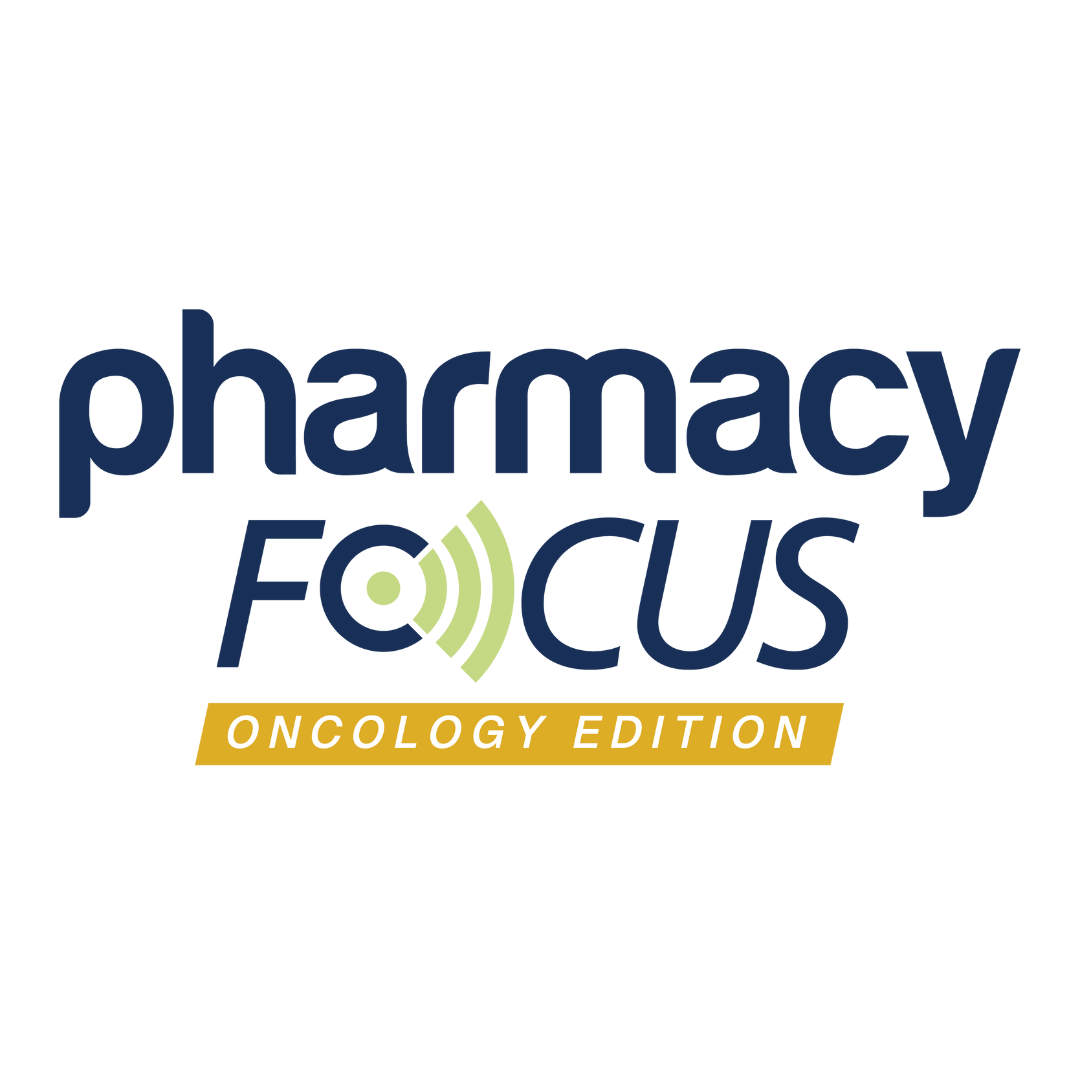Commentary
Article
A Pharmacist’s Guide to Lung Cancer and Its Key Treatments
Though new treatments offer hope, careful monitoring and understanding of risks remain essential for their success.
The most common types of lung cancer are non-small cell lung cancer (NSCLC) and small cell lung cancer (SCLC). NSCLC is the most common type, accounting for around 80% to 85% of cases. It can be divided into 3 subtypes: adenocarcinoma, squamous cell carcinoma, and large cell carcinoma. Although these subtypes arise from different cells in the lungs, they are generally treated similarly and have comparable prognosis.¹
Image credit: Utah51 | stock.adobe.com

Adenocarcinoma is the most common subtype of NSCLC. It originates from the mucus-producing epithelial cell layer in the lungs and is commonly found in both current and former smokers, although it is the most common type in non-smokers, as well. This subtype of lung cancer is also more commonly diagnosed in women and younger individuals.1
Squamous cell carcinoma arises from flat cells lining the airway and has strong associations with smoking. It usually develops in the central region of the lungs and is close to the main bronchi. In contrast, large cell carcinoma can occur within any part of the lung and is known for its rapid potential towards growth and metastasis, which makes it more difficult to treat. A subtype of large cell carcinoma known as large cell neuroendocrine carcinoma (LCNEC) is aggressive like SCLC but affects the neuroendocrine aspect of the lungs.¹
According to data from the International Agency for Research on Cancer (IARC), lung cancer accounted for approximately 1.8 million deaths globally in 2020 and an estimated 2.2 million new lung cancer cases. There were approximately 234,580 new cases diagnosed in 2024 and estimated 125,070 deaths in the United States. The 5-year relative survival from 2014 to 2020 was 26.7%, with a new case rate of 49.0 per 100,000 men and women per year. The death rate was 32.4 per 100,000 men and women per year during the same period.2
Common treatment options for NSCLC include surgery, chemotherapy, radiation therapy, targeted therapy, and immunotherapy. Targeted therapies offer personalized treatment for lung cancer based on specific genetic and immune markers. For instance, adagrasib (Krazati; Bristol Myers Squibb), a KRAS G12C inhibitor, has been shown to improve progression-free survival in KRAS G12C-mutant NSCLC.3 Meanwhile, afatinib (Gilotrif; Boehringer Ingelheim) and erlotinib (Tarceva; Genentech) target EGFR mutations, with afatinib showing strong results in the LUX-Lung trials and erlotinib benefiting patients after chemotherapy.
Alectinib (Alecensa; Genentech), an ALK inhibitor, is used in both metastatic and adjuvant settings for ALK-positive NSCLC to reduce recurrence.4 Additionally, atezolizumab (Tecentriq; Genentech), a PD-L1 inhibitor, is approved post-surgery for stage 2–3A NSCLC, while bevacizumab (Avastin; Genentech) targets VEGF to block angiogenesis in non-squamous NSCLC.3,5-7
Notably, cemiplimab (Libtayo; Regeneron), a PD-1 inhibitor, nearly doubled survival in high PD-L1 NSCLC.8 Durvalumab (Imfinzi; AstraZeneca) improves outcomes in stage 3 NSCLC and limited-stage SCLC.4 Trastuzumab deruxtecan (Enhertu; Daiichi-Sankyo, AstraZeneca) is the first HER2-targeted therapy for HER2-mutant NSCLC.9 Lastly, Ipilimumab (Yervoy; Bristol Myers Squibb), combined with nivolumab (Opdivo; Bristol Myers Squibb), is approved for PD-L1-positive metastatic NSCLC, offering significant survival benefit in the CheckMate 227 trial.10 Together, these therapies underscore the importance of molecular testing and immunotherapy in modern lung cancer care.4,6,8
Targeted lung cancer treatments often cause adverse effects such as fatigue, nausea, diarrhea, and skin rashes. Immune-based drugs can trigger inflammation in organs like the lungs or liver, while others, like bevacizumab, may lead to bleeding or high blood pressure. Though effective, these medications require close monitoring to manage potential risks. As lung cancer treatments advance, targeted therapies are shifting care toward personalized medicine. Though they offer new hope, careful monitoring and understanding of risks remain essential for their success.
References
1. What Is Lung Cancer? American Cancer Society. Updated January 29, 2024. Accessed April 22, 2025. https://www.cancer.org/cancer/types/lung-cancer/about/what-is.html
2. Li C, Lei S, Ding L, et al. Global burden and trends of lung cancer incidence and mortality. Chinese Medical Journal. 2023;136(13):1583-1590. doi:10.1097/CM9.0000000000002529
3. Krazati (adagrasib) Demonstrated Statistically Significant Improvement in Progression-Free Survival in Patients with Pretreated Locally Advanced or Metastatic KRASG12C-Mutated Non-Small Cell Lung Cancer. News release. Bristol Myers Squibb. June 1, 2024. Accessed April 22, 2025. https://news.bms.com/news/details/2024/KRAZATI-adagrasib-Demonstrated-Statistically-Significant-Improvement-in-Progression-Free-Survival-in-Patients-with-Pretreated-Locally-Advanced-or-Metastatic-KRASG12C-Mutated-Non-Small-Cell-Lung-Cancer/default.aspx
4. Jaber N. Duvalumab extends lives of people with early-stage small cell lung cancer. National Cancer Institute. June 25, 2024. Accessed April 22, 2025. https://www.cancer.gov/news-events/cancer-currents-blog/2024/small-cell-lung-cancer-imfinzi-increases-survival
5. FDA approves atezolizumab as adjuvant treatment for non–small cell lung cancer. News release. FDA. Updated January 23, 2023. Accessed April 22, 2025. https://www.fda.gov/drugs/resources-information-approved-drugs/fda-approves-atezolizumab-adjuvant-treatment-non-small-cell-lung-cancer
6. FDA grants accelerated approval to fam-trastuzumab deruxtecan-nxki for HER2-mutant non–small cell lung cancer. News release. FDA. August 16, 2022. Accessed April 22, 2025. https://www.fda.gov/drugs/resources-information-approved-drugs/fda-grants-accelerated-approval-fam-trastuzumab-deruxtecan-nxki-her2-mutant-non-small-cell-lung
7. Lauro S, Onesti CE, Righini R, Marchetti P. The use of bevacizumab in non-small cell lung cancer: an update. Anticancer Research. 2014;34(4).
8. Serani S. Long-Term Data Confirms Cemiplimab Benefits in High PD-L1 NSCLC. Targeted Oncology. October 8, 2024. Accessed April 22, 2025. https://www.targetedonc.com/view/long-term-data-confirms-cemiplimab-benefits-in-high-pd-l1-nsclc
9. FDA approves fam-trastuzumab deruxtecan-nxki for unresectable or metastatic HR-positive, HER2-low or HER2-ultralow breast cancer. News release. FDA. February 6, 2025. Accessed April 22, 2025. https://www.fda.gov/drugs/resources-information-approved-drugs/fda-approves-fam-trastuzumab-deruxtecan-nxki-unresectable-or-metastatic-hr-positive-her2-low-or-her2
10. Hellmann MD, Paz-Ares L, Caro RB, et al. Nivolumab plus ipilumab in advanced non–small-cell lung cancer. N Engl J Med. 2019;381:2020-2031. doi:10.1056/NEJMoa1910231
Newsletter
Stay informed on drug updates, treatment guidelines, and pharmacy practice trends—subscribe to Pharmacy Times for weekly clinical insights.

FDA Approves Linvoseltamab-Gcpt for Treatment of Relapsed or Refractory Multiple Myeloma




